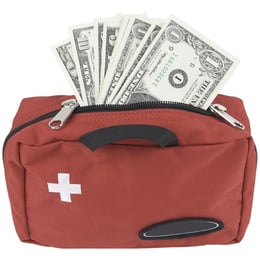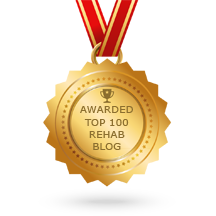 Do you have a mental health concern coupled with an addiction - that is, a dual diagnosis? If so, you’ve probably already discovered that many inpatient rehabs provide little in the way of professional counseling for mental health issues.
Do you have a mental health concern coupled with an addiction - that is, a dual diagnosis? If so, you’ve probably already discovered that many inpatient rehabs provide little in the way of professional counseling for mental health issues.
As such, many participants grow frustrated as they continue to struggle with their addictions post-treatment. Why does this happen? One reason is that popular approaches to addiction treatment don’t reflect the reality of dual diagnosis.
Too often, rehabs are not structured around the idea that most people with a substance addiction have a dual diagnosis and thus need substantive mental health supports.
Cost and Spending in Addiction Treatment Today
Did you know that even though more people have addiction issues than heart disease, diabetes, and cancer, addiction treatment spending is extremely low in comparison?
 As Jacob Levenson wrote in his article in the April 2016 issue of The Sober World Magazine, How Much Does Addiction Treatment Cost … When It Doesn't Work?:
As Jacob Levenson wrote in his article in the April 2016 issue of The Sober World Magazine, How Much Does Addiction Treatment Cost … When It Doesn't Work?:
“According to statistics from the Substance Abuse and Mental Health Services Administration National Center on Addiction and Substance Abuse, approximately 40 million Americans have addiction (21.5 million with substance use disorder), 27 million have heart disease, 26 million have diabetes and 20 million have cancer .... However, there is a huge disparity in the amount our nation spends to treat addiction ....
In one recent year, the United States spent $107 billion to treat heart disease, $87 billion on cancer treatment, $44 billion to treat diabetes, yet just $28 billion to treat addiction.”
The Story Behind the Numbers
Part of the reason why this number is so low is because many rehabs outsource a significant amount of their addiction treatment programming to local 12 Step meetings.
Instead of offering substantive therapeutic hours, they partner with local 12 Step groups which allow participants to attend daily meetings for free.
To be sure, 12 Step meetings have done a lot of good for a lot of people. They’re accessible, popular, and culturally supported. However, just because an approach is affordable doesn’t mean that it works.
Even though 12 Step groups have helped millions to recover, their overall success rates are not strong. (In fact, in a 2014 Radio Boston interview Harvard researcher Dr. Lance Dodes cited the AA success rate as 5-10%.)
That’s the way the industry looks now, but how might it change for the better? How might we allocate resources so as to promote lasting recovery?
The Need for Integrative Dual Diagnosis Treatment
At The Clearing, we see a need for more integrative dual diagnosis treatment. In this new guest post at Recovery.org, The Clearing CEO and co-founder Joe Koelzer provides an overview of the history of dual diagnosis treatment in the United States, as well as a discussion of how the evolution of dual diagnosis treatment impacts your recovery today.
Recovery.org is a major site devoted to connecting people and their families with the information and resources they need to help them recover from substance abuse and behavioral disorders. The site is a private resource and it includes an extensive, free addiction treatment directory.
Click here to read the full post at Recovery.org!


